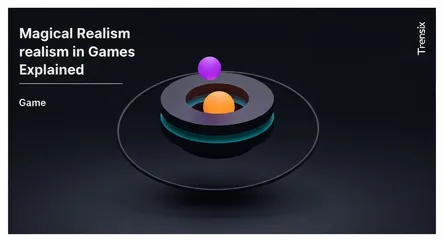Game
Magical Realism in Games Explained

Explore magical realism, a narrative style where fantasy elements blend into the real world, creating unique and profound video game experiences.
What is it?
Magical realism is a narrative style where fantastical or mythical elements are seamlessly integrated into a realistic, everyday setting. Unlike high fantasy, the magic isn't the central focus but is treated as a normal part of the world by the characters. Originating in literature, this genre has found a powerful home in video games, allowing developers to craft stories that feel grounded yet surreal. Games like Kentucky Route Zero and Life is Strange are prime examples, where supernatural events occur within otherwise mundane environments, blurring the line between the plausible and the impossible.
Why is it trending?
Magical realism is trending in game lore because it offers a unique way to explore complex themes without building an entirely new fantasy universe. Indie developers, in particular, embrace this style to create emotionally resonant narratives that focus on character, atmosphere, and metaphor. It provides a framework for telling deeply human stories about loss, memory, and identity, using supernatural elements to represent internal struggles or societal issues. This approach allows for creative freedom and storytelling depth that captivates players looking for more than just action.
How does it affect people?
For players, magical realism creates a captivating and thought-provoking experience. It challenges perceptions of reality and encourages a deeper engagement with the narrative. By accepting the extraordinary as ordinary, players are drawn into the game's unique logic, fostering a sense of wonder and introspection. This can make the emotional stakes feel more potent and personal. The subtle blend of the real and the fantastical allows players to connect with characters and themes on a symbolic level, often leaving a lasting impact long after the game is finished.